Campbell CS241 User manual
Other Campbell Temperature Controllers manuals
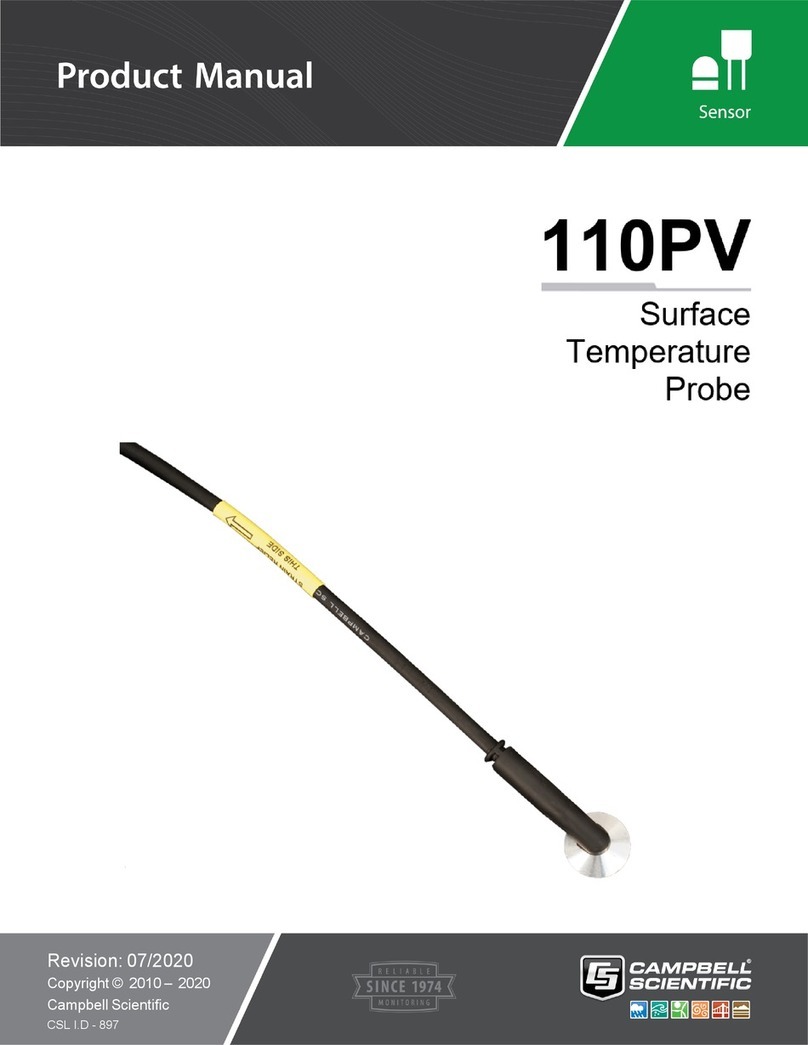
Campbell
Campbell 110PV User manual
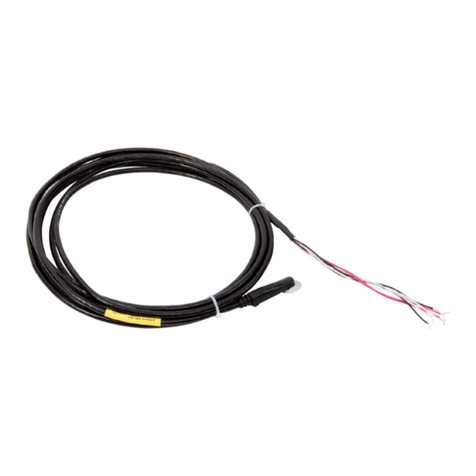
Campbell
Campbell CS240 User manual
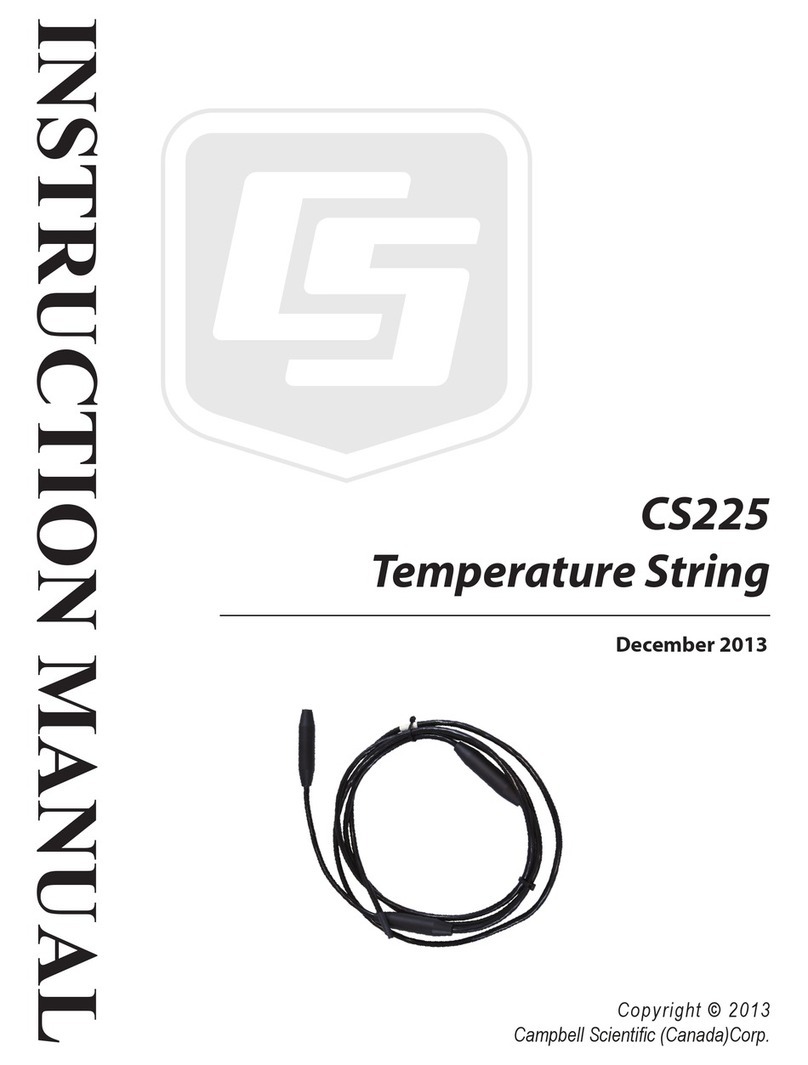
Campbell
Campbell CS225 User manual
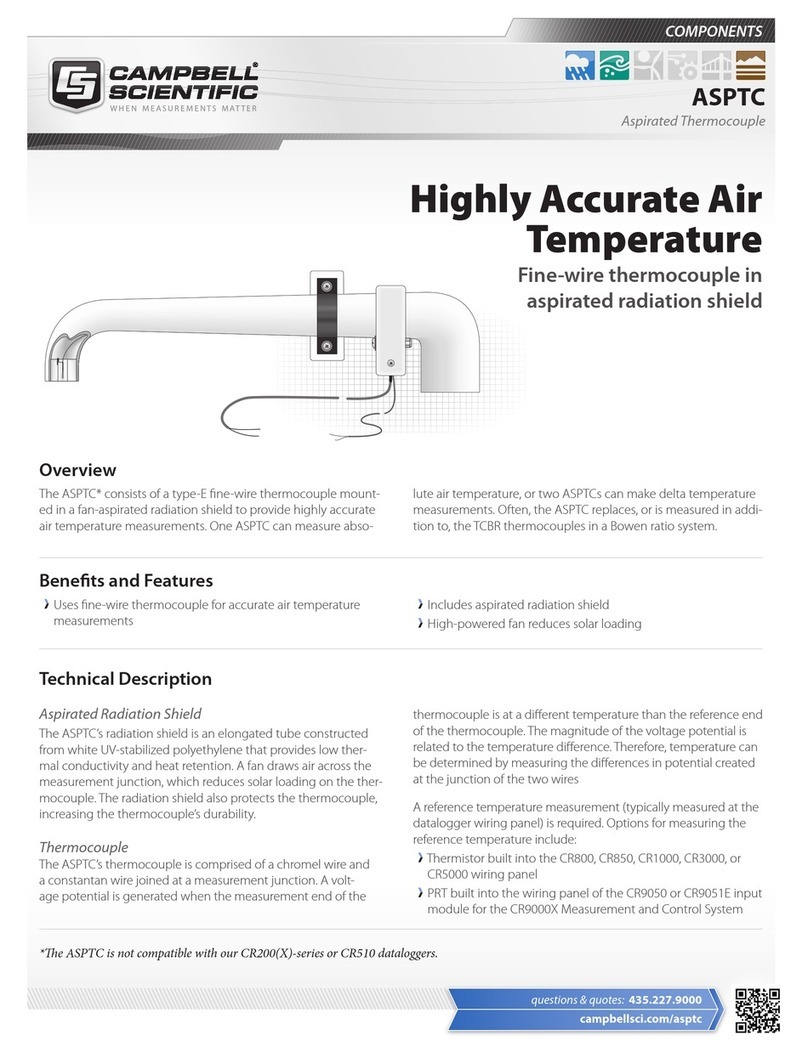
Campbell
Campbell ASPTC Owner's manual
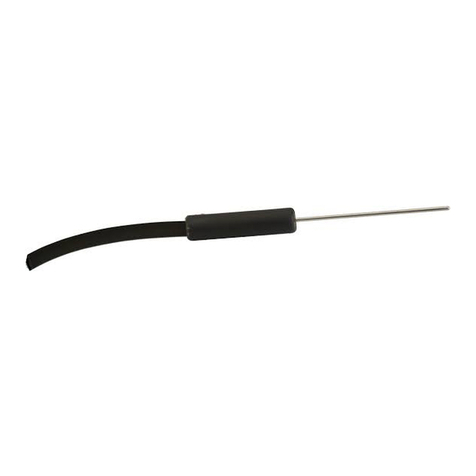
Campbell
Campbell TEMPERATURE PROBE 109SS User manual
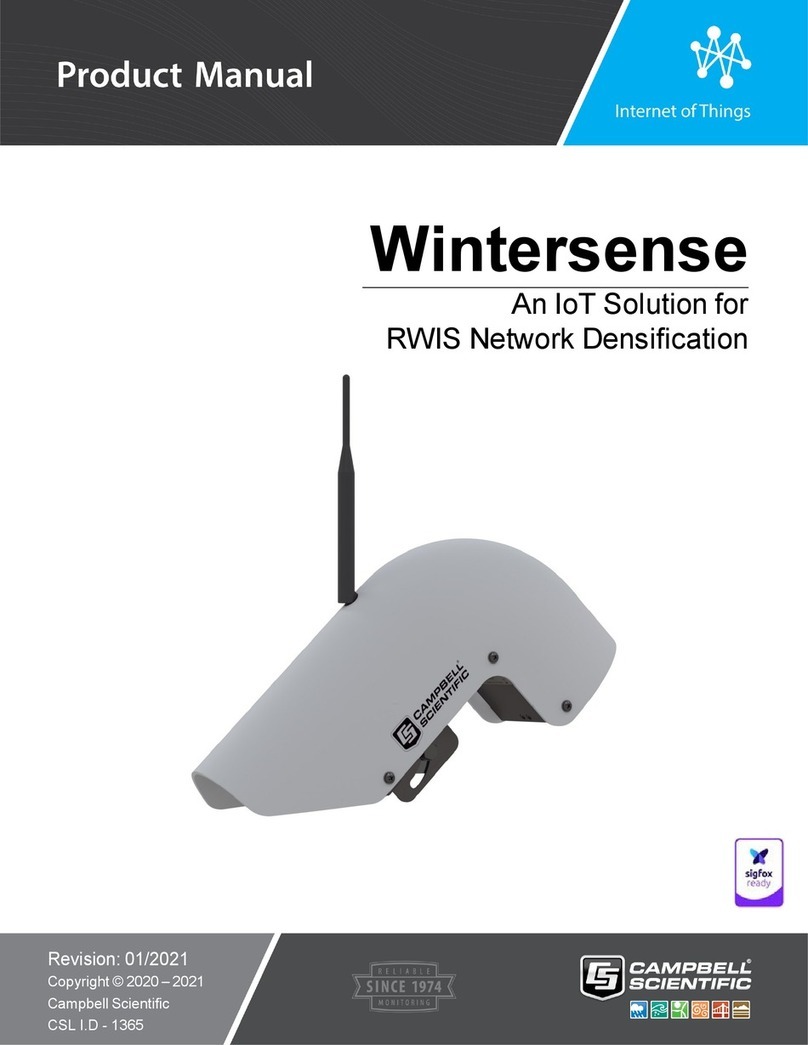
Campbell
Campbell Wintersense User manual

Campbell
Campbell HygroVUE 5 User manual

Campbell
Campbell CS220 Owner's manual
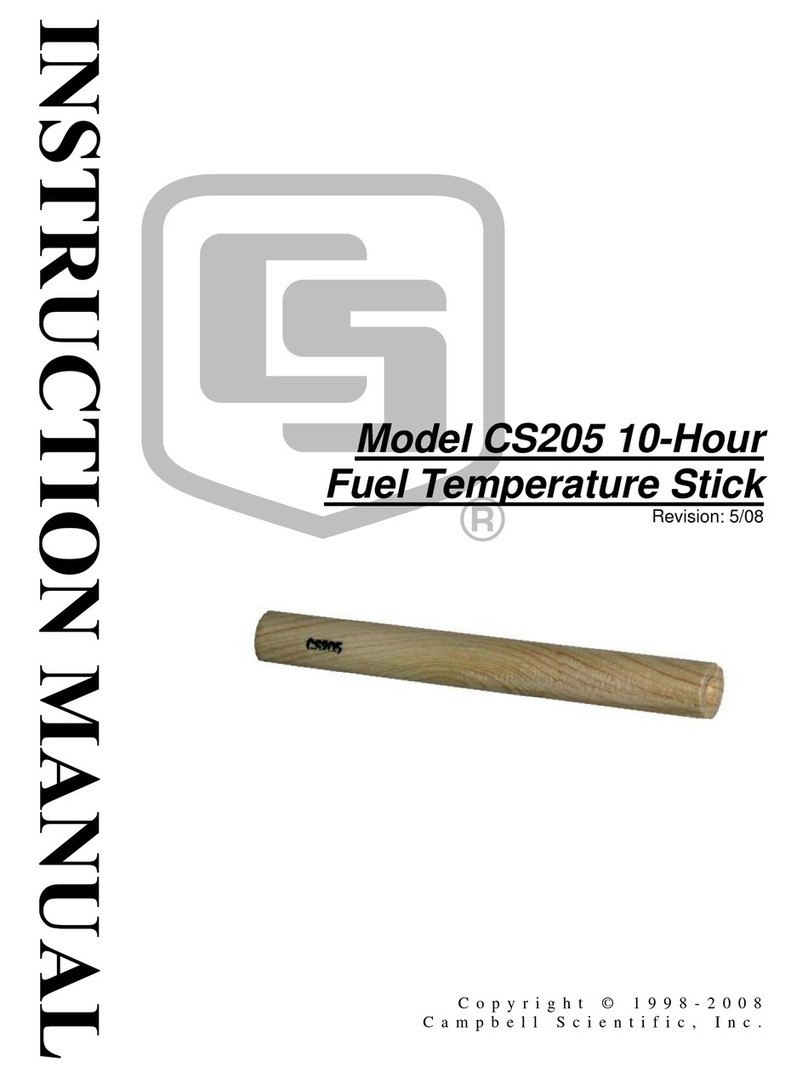
Campbell
Campbell CS205 User manual
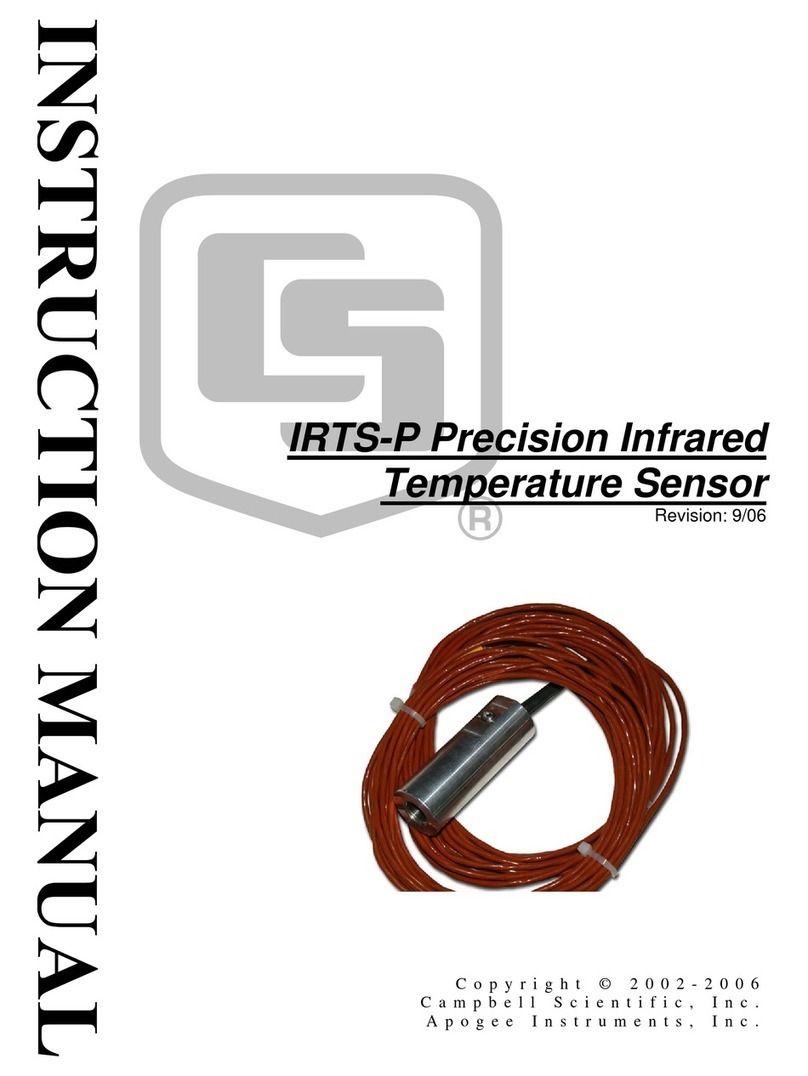
Campbell
Campbell IRTS-P User manual
Popular Temperature Controllers manuals by other brands

P.W. KEY
P.W. KEY rt-208gt operating manual

Omron
Omron C200H-TV Series Operation manual

BH Thermal
BH Thermal BriskONE owner's manual

West Control Solutions
West Control Solutions KS 45 Operation Notes

Opt Lasers
Opt Lasers TEC-8A-24V-PID-HC operating manual

Vaillant
Vaillant VR 92/3 Operating and installation instructions























